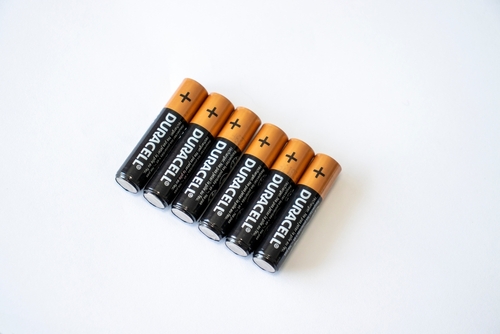Overview:
In a trademark dispute between battery company Duracell and a vape company, What A Smoke, was the decision to throw out this case powered by reverse confusion consumer survey evidence?
Case Facts
What A Smoke LLC manufactures and sells vaporizers, or electronic cigarettes, in New Jersey, under the trademark “Optimum.” Optimum vapes contain lithium-ion batteries that are not visible on the outside of the packaging or outside of the vape, and these batteries have never been sold as stand-alone products. What A Smoke vapes sell for $200 and are advertised at trade shows. Duracell manufactures and sells alkaline batteries under the Duracell trademark, with a signature copper and black trade dress. Consumers use these batteries to power a number of consumer products.
In 2019, Duracell launched its Optimum line of batteries, selling them for between $1.50 and $2 at large retailers, including Walmart, CVS, and Target. What A Smoke, which had already received a trademark on its Optimum vapes, filed a trademark infringement lawsuit against Duracell later that year. Duracell filed counterclaims, but asked the court to dismiss those claims if it succeeded in its motion to dismiss What a Smoke’s case on summary judgment. At issue in this case was the likelihood of consumer confusion between the Duracell Optimum line of batteries and the Optimum vape.
Reverse Likelihood of Confusion Survey
Duracell’s legal team retained a survey expert to design two reverse confusion surveys and testify about the results. Reverse confusion occurs when consumers confuse a junior mark, like What a Smoke, with a better-known senior mark like Duracell. In this case, the surveys measured whether consumers of the vaping devices would believe that the What A Smoke Optimum vapes were affiliated with, a product of, or received permission from Duracell. The expert ran two surveys, in 2019 and in 2021.
Confusion Surveys Power Court Decisions
The New Jersey federal court ultimately dismissed the case, saying that What A Smoke had shown no evidence of consumer confusion. The court analyzed the trademark dispute using the ten factors created by Interspace Corp. v. Lapp, Inc., 721 F.2d 460, 463 (3d Cir. 1983), including any evidence of consumer confusion. In this analysis, the court noted that Duracell’s consumer survey expert found that there was no statistically relevant evidence of confusion between the marks in two surveys. What A Smoke did not submit any survey evidence, the court noted, even though it had several years to do so. In combination with other factors, this led the court to dismiss What a Smoke’s claims on summary judgment.
Had What A Smoke retained a consumer survey expert and provided survey evidence demonstrating a likelihood of confusion, it is possible that the court would have ruled differently. In trademark infringement cases, when likelihood of confusion is at issue, consumer survey evidence can be an important factor in the success of the case. MMR Strategy Group has decades of experience designing likelihood of confusion surveys. If you are involved in a trademark dispute and require a consumer survey, contact MMR Strategy Group.
